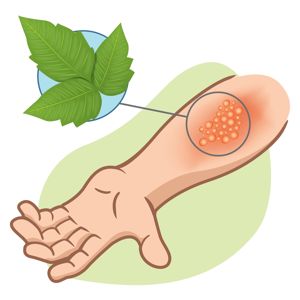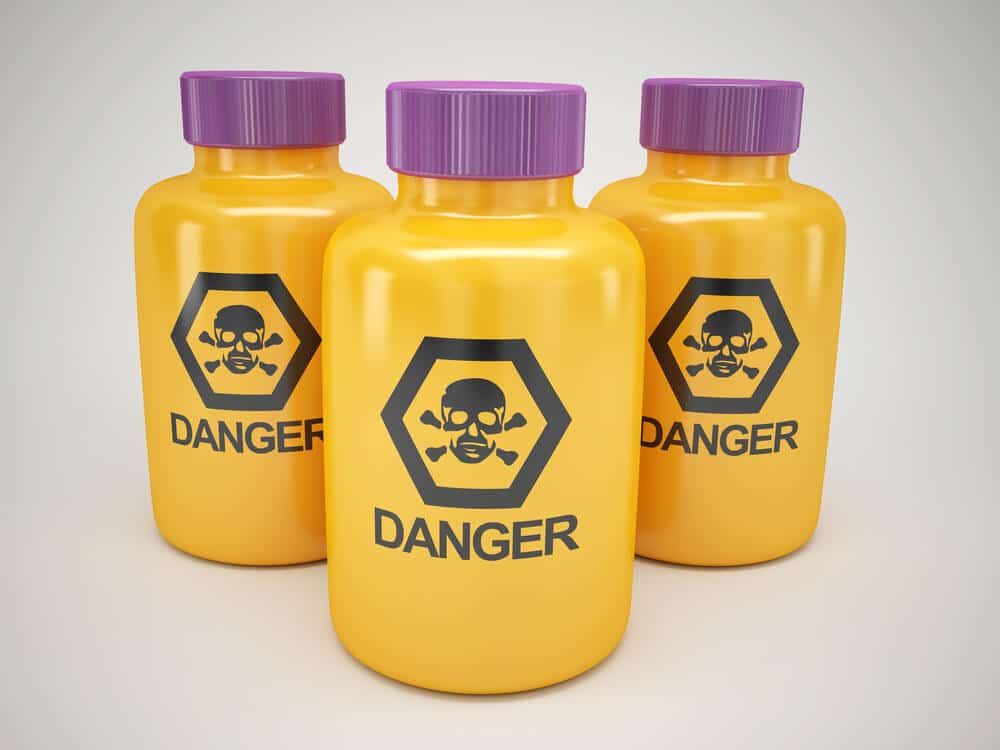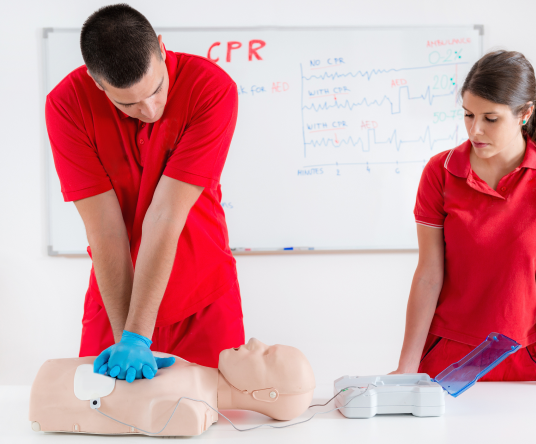Chapter 25: Poison Emergencies
A poison is any substance that can cause harm—injury, illness, or even death—if it enters the body, either accidentally or on purpose. It can be dangerous when swallowed, inhaled, absorbed through the skin, or injected.

Common Causes of Poisoning
Some common sources include:
- Alcohol or drugs
- Cleaning products
- Contaminated food or water
- Pesticides
- Poisonous plants like poison ivy
- Harmful gases or liquids
What to Look For
If someone is poisoned, symptoms might include:
- Burning around the lips or tongue
- Eye irritation or tearing
- Trouble breathing
- Nausea, vomiting, or diarrhea
- Skin color changes
- Seizures, dizziness, or headaches
- Chest or abdominal pain
- Hallucinations or altered consciousness
- Uneven pupil size
Types of Poison Emergencies
- Swallowed Poisons
These are poisons that enter the body through the mouth. They can include alcohol, certain drugs, cleaning solutions, spoiled food, or even plants. Some may only be harmful in large amounts, while others can be dangerous even in small doses.
- Inhaled Poisons
These are breathed in and may include fumes from car exhaust, chemicals like chlorine, or vapors from paints and glue. Breathing in these substances can quickly become a serious medical emergency.
- Absorbed Poisons
Some poisons enter the body through the skin. This can happen through contact with plants like poison ivy or sumac, or by handling products like fertilizers and pesticides without protection.
- Injected Poisons
These can come from insect stings, animal bites, or hypodermic needles and may cause an immediate reaction.

First Aid Actions
- Make sure the scene is safe before helping.
- Watch for visible signs like leaking bottles, strange smells, or gas.
- Call 9-1-1 and Poison Control at 1-800-222-1222.
- Put on gloves or other protective gear if available.
- Collect and report the following:
- What the poison was
- How much was taken or touched
- When it happened
- The person’s age and weight
- If it’s safe to do so:
- Remove contaminated clothing or jewelry
- Brush off powders using a gloved hand
- Rinse the affected skin with water for 20 minutes
- Move the person to fresh air if fumes are involved
- If the person becomes unresponsive, begin CPR. Use a breathing barrier to protect yourself from exposure during rescue breaths.
This section of your Online First Aid Course helps prepare you to act quickly and safely in any poisoning emergency.


